Nepal, a tiny country situated between giants “China and India,” is known to many solely for its mountain range, the Himalayas, and as home to the world’s highest peak, Mount Everest. This is true regarding my knowledge of the small South Asian country prior to visiting this spring break. IE University’s School of Politics, Economics, and Global Affairs (SPEGA) organizes a trip to Nepal for second-year students; this year, I was lucky enough to be one of them. The main activity of this trip is hiking. This year we were to be the first group to reach Everest base camp; more than hiking, this journey would also provide many opportunities to enrich ourselves with the local culture.

To prepare for such an adventure meant not just physical preparation but learning and developing a more profound understanding of Nepal. I learned a lot about Nepal concerning topics that relate to my area of study – International Relations and Business – including Nepal’s economy and foreign policy, but I also learned about the Himalayan region, specifically the history of scaling Mount Everest.
What I did not learn about until I arrived were the Sherpa people and their kindness and hospitality. This is what inspired my article as I want more people to get to know the Sherpas who often go underappreciated.
Prior to arriving in the Himalayas I naively thought that “Sherpa” must be a Nepali word for guide, a mistake many foreigners make. In reality, Sherpas are a whole ethnic group with a distinct culture and language who live in the Eastern Himalayas. The word itself, “Sherpa,” is Tibeten and means “easterner,” referencing their origins in the eastern Khams region of Tibet.
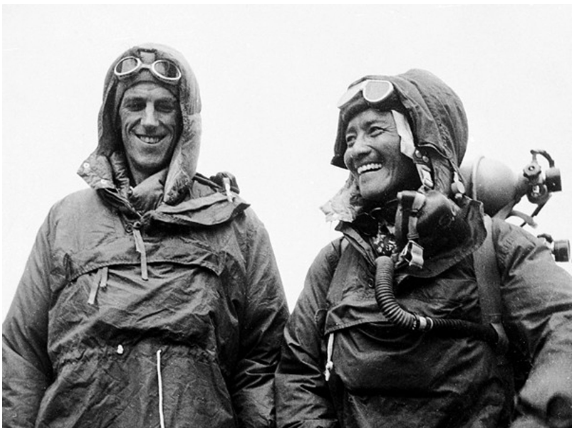
However, I was not completely wrong in assuming that Sherpa meant guide. Since the first summit of Mount Everest by Edmund Hillary and Tenzing Norgay in 1953, the Sherpa name has gained an international reputation for providing support to climbers and trekkers. Due to their knowledge of the region as well as being naturally well-adapted to high altitudes, Sherpas are known to be excellent guides and many are also great climbers.
Since the first summit of Everest, tourism has steadily increased in the region; presently, around 350,000 people visit the Everest region each year. This has meant more and more Sherpas are becoming guides and porters, abandoning their traditional roles as traders, herders and farmers.
Our group of thirty people was accompanied by seven Sherpas; Lakpa, Nurbu, Jangmu, Pasang, Palden, Ngawang and Chhongba. As they guided us through the Himalayas I had the chance to get to know each of them better. They were extremely supportive and always maintained a positive atmosphere amongst the group.
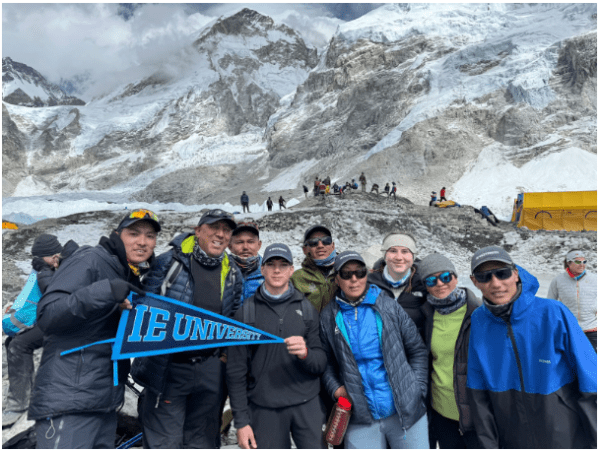
t’s important to note that while guides accompany the trekkers, the porters’ job is to carry luggage, food and supplies through the Himalayas and up the mountains as there are no roads. This is back breaking work as they are carrying around 30 kilos up the steep trails and travel the same distance as hikers each day.
Many Sherpas still prefer this physically demanding job as it means they can make much more money than if they stayed in their villages. Those who develop good interpersonal skills and learn the English language are more likely to become guides. This means a possibility for higher tips from tourists – a big part of their income – and no need to carry such a heavy load.
Another distinction is that some Sherpas work in the mountaineering subsect of the Himalayan tourism industry. This discipline requires more skill, and imposes more risk, including death. They are required to transport equipment up the mountain, set lines, and guide mountaineers, taking many trips through dangerous sections of the mountains, such as Mount Everest’s Khumbu Icefall where there are deaths each year.

This huge risk is accompanied by a higher salary compared to that of trail guides and porters as well as the median income in Nepal. They earn an average of $4,000 per climbing season; such a low salary begs the question of just how much their lives are valued. In comparison, western guides make an average of $50,000, which brings to light an apparent inequality. Although it is possible to argue that in foreigners’ home countries $50,000 is proportional to the Nepalese salary, this contrast can create tension, especially when Sherpas’ jobs pose the highest risk.
Along with a large pay gap, another issue that can lead to conflict occurs when tourists who arrive in the Himalaya’s disregard and disrespect the Sherpa culture. Sherpa’s follow Tibetan Buddhism and have a deep respect for the mountains. They also believe that the Tibetan goddess, Miyolangsangma, lives on top of Mt.Everest, and for that reason it is disrespectful to stand on the very top. Another element of Sherpa culture that is embedded in climbing Everest is asking permission from the mountain gods to climb before ascending and both Sherpas and foreigners alike take part in this ceremony called a Puja.

In recent years there have been several disputes between the Sherpas and foreigners. Most notably during the 2014 climbing season a major dispute erupted following an ice avalanche in the Khumbu Icefall which killed many Sherpas. Of the 16 people killed, all were Sherpas and only 13 bodies were recovered. This added to the devastation considerably as Buddhists believe in performing important rituals after death to prepare the body for reincarnation. Up until this point, this was the single deadliest day on Everest. Many Sherpas felt this tragedy was a bad omen and wanted to cancel the climbing season. In result many Sherpas protested the continuation of the climbing season and it was ultimately cancelled out of respect for those who had died.
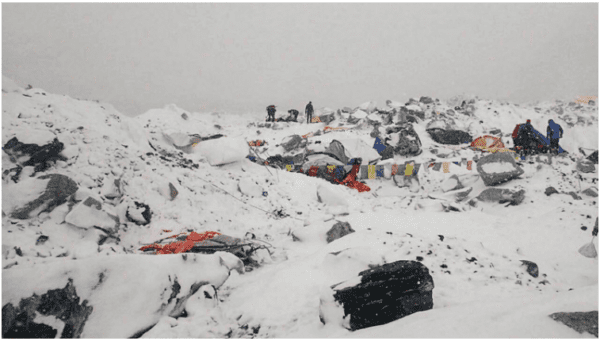
This incident shone light on just how dangerous Sherpas’ working conditions are, and on the inadequate policy by the Nepalese government. Fortunately, the government met some of the Sherpas’ demands and increased the minimum insurance coverage for Sherpas on Everest by 50% to $15,000 and compensation to their families from $400 to $5,000.
Regulation still requires improvement, and better pay for the Sherpas is still in question. However, there is greater awareness regarding the significantly higher risk for Sherpas on the mountain compared to that of climbers paying to be there due to the higher amounts of trips the former make up and down the mountain. On a positive note, tourism has significantly improved the economies of these remote Himalayan villages and their communities.
When asking Lakpa Sherpa, the lead guide on my trip whom I now consider family, his thoughts on tourism in Nepal, he commented that “tourism has had a great role in helping me, my family and my community. I believe that Solukhumbu (municipality) was able to develop due to the tourism and the presence of the beautiful mountains.” Lakpa feels that “foreigners climbing Everest is great for Nepali people and its economy. I always viewed Everest Expeditions as a great way for my country to get its name worldwide famous.”
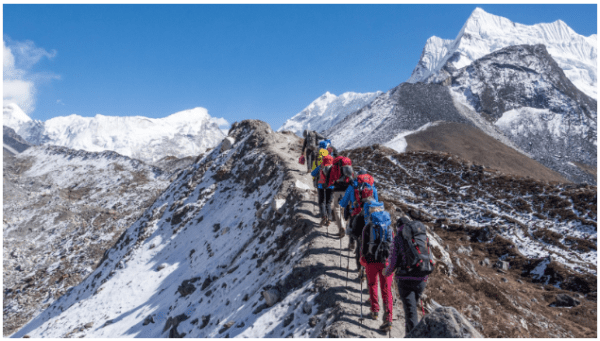
As this article is essentially a cumulation of what I learned while hiking in the Himalayas, I’ll end with one more “fun fact,” another one of the many things I’ve learned from Lakpa. The name “Everest” is just the foreign name for the mountain while the Sherpa community prefers “Chomolungma.” which means “goddess mother of the world.” It’s a name that certainly lives up to the mountain’s grandeur.
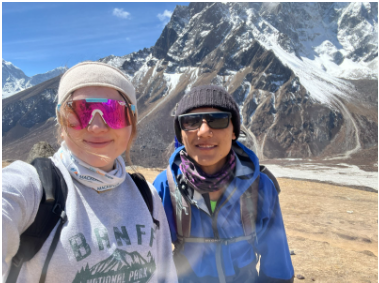
My trip taught me so much more than I expected about this special group of people who call the Himalayas home. I truly cherish each of the Sherpas I had the chance to hike alongside and appreciate all that they shared with me. So the next time you get the opportunity to visit a new country, learn as much as you can about the culture and get to know the people. It just might be the best part of your trip and leave you with unforgettable memories and life long friendships.







